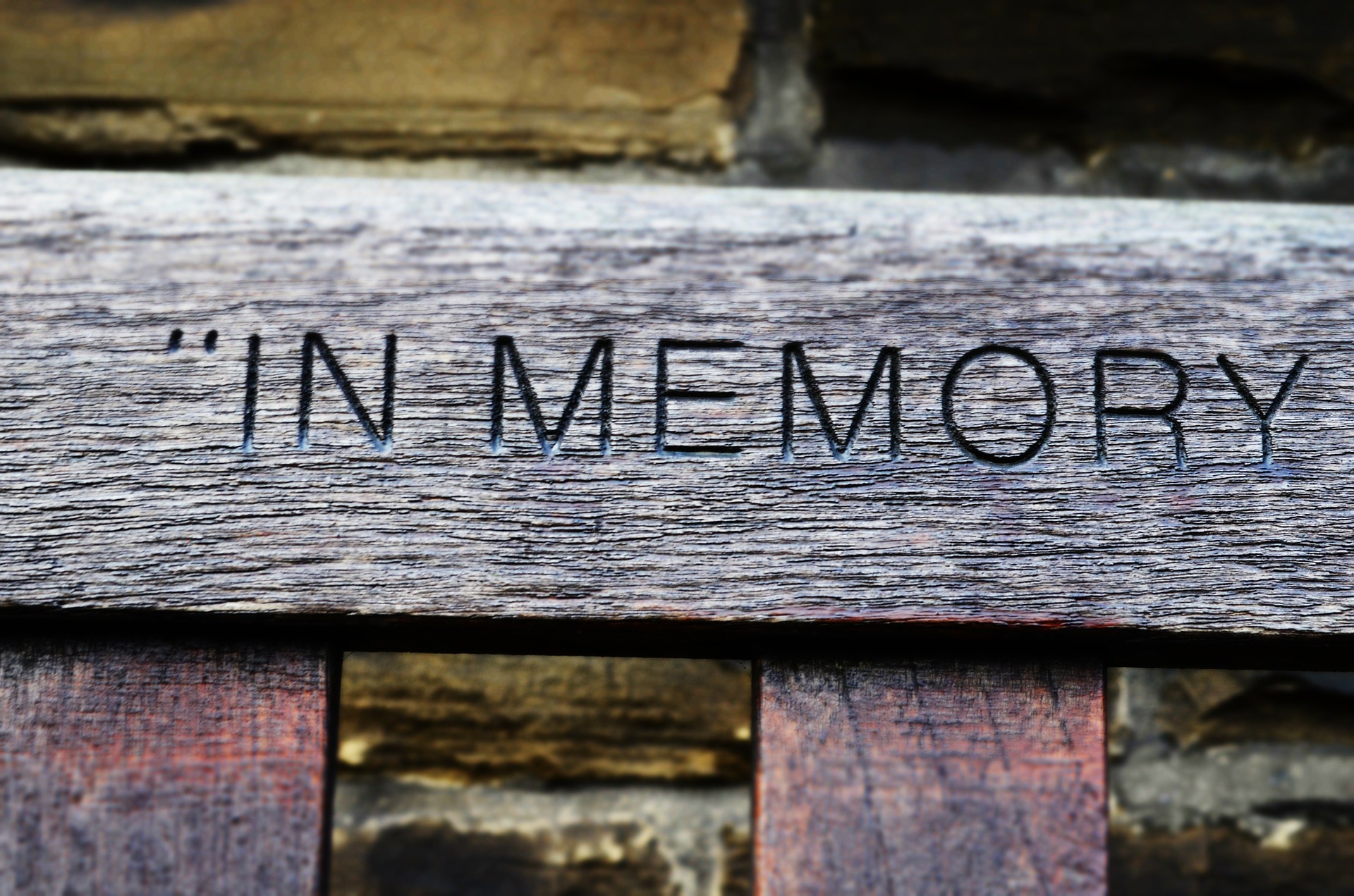By Devon Zwald
[This is part of a series of briefs covering the 2019 State of the Public’s Health conference produced by graduate students at the UGA Grady College of Journalism & Mass Communication in conjunction with the Health and Medical Journalism Program.]
As advances in everything from sanitation to disease treatment have boosted how long humans live, experts say the progress has also shifted how people experience illness and death.
Children who take care of their aging parents may be well into their fifties before a loss. And studies show that caregivers’ health suffers as they focus their attention and resources on others.
But it’s not just families having a difficult time. Doctors may even struggle to admit their own limitations. “You have to accept that you, personally, have reached the end of your ability to help a person,” said Toni Miles, a professor of epidemiology and biostatistics at the University of Georgia.
Bereavement training— or programs that help facilitate conversations about the end of life— may be one solution, said Miles, who studies the intersection of aging and population health.
She was one of several public health experts to share insight during the recent State of the Public’s Health Conference. The day-long event in late October drew nearly 300 people to Athens to discuss various healthcare challenges of the Peach State, like high rates of maternal mortality and obesity.
The panel included experts in health policy, economics and management. Some suggested that losing a family member, friend or even a patient can be a threat to public health.
Justin Ingels, a doctoral candidate at the University of Georgia, said his research has found the years of lives lost among people in the age range of 50 to 84 years is high due specifically to the increasing number of losses experienced by individuals in that age range. “That has a big impact on our health and well-being,” said Ingles.
A recent survey of caregivers found that within the past month 14.5 percent of the respondents had more than a dozen “mentally unhealthy” and another 17.6 percent reported a physical issue. The data was shared the Centers for Disease Control in a “call to action” for more research on caregivers.
People struggle physically, mentally and financially to care for loved ones, and they are not often adequately prepared for when that person dies. One suggestion has been to require a one-page form called a Physicians Order for Life-Sustaining Treatment. This can potentially reduce “interfamily strife,” because it clearly outlines the patient’s wishes in the event of a medical emergency.
Miles’ research focuses on bereavement training for staff at long-term care facilities, such as nursing homes and assisted living facilities. People in those workplaces may experience the loss of a patient on the job, and then have to go home, where they may be a caregiver or dealing with a loss there too.
“That’s why focusing in on staff,” said Miles, “because they’re like all the rest of us, but then they work in this very special place where they have to be able to help family members.”
Posted on November 15, 2019.
Additional Conference Briefs:
- How working with community volunteers can bridge gaps in health care access
- Designing for better health outcomes in rural communities
- Health misinformation confuses communities, persists in memory
- Improving family’s public health by making education a focal point
- Resilient Georgia links public and private organizations to bolster fight against child trauma







